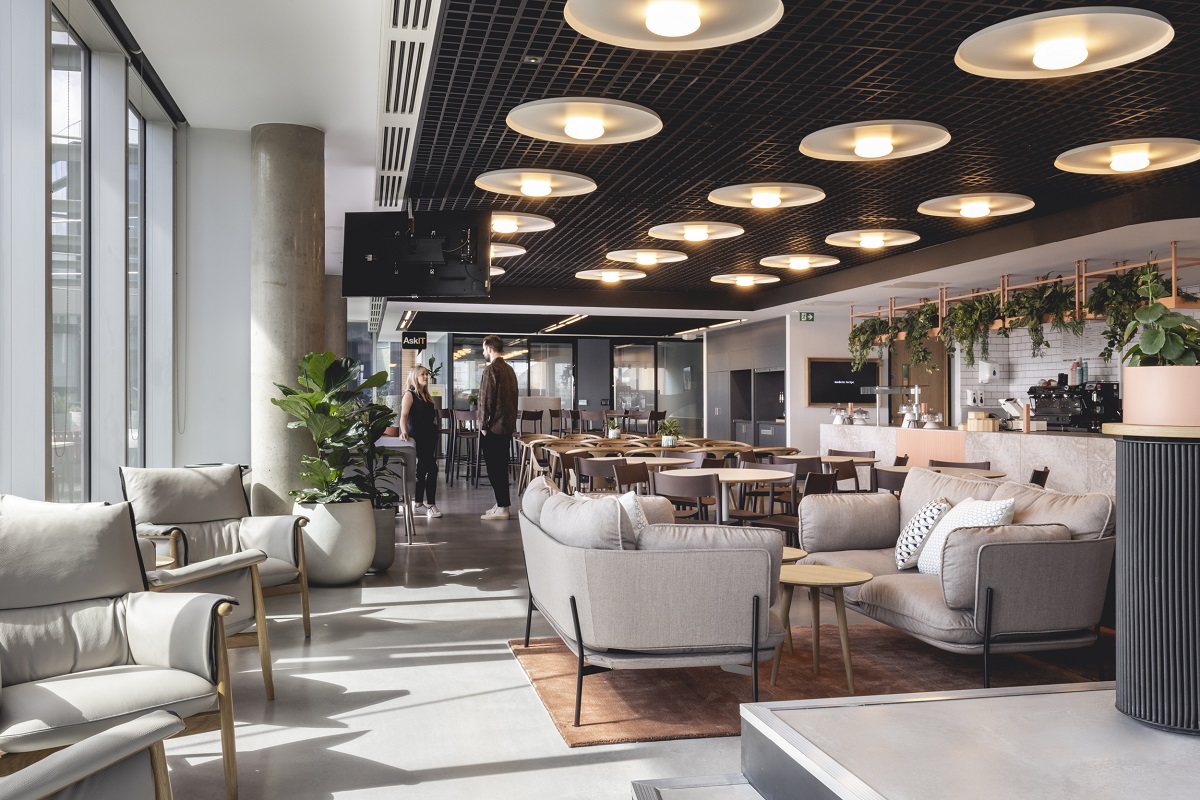
WORKTECH London - Discovering an Evolving Industry
“The orchestration of the use of space is not about meeting minimum standards but about using design to get the best out of brilliant people.”
22 Bishopsgate, known as Twentytwo, has 62 floors and is the second tallest building in the UK. Covering approximately 1.4 million square feet, this landmark has leasing, amenity, and recreational spaces, as well as a viewing gallery, bar and restaurant and a retreat.
This year’s WORKTECH London was held on the level 4 of this iconic building and proved to be a hub of ideas, thought leadership and news for the industry.
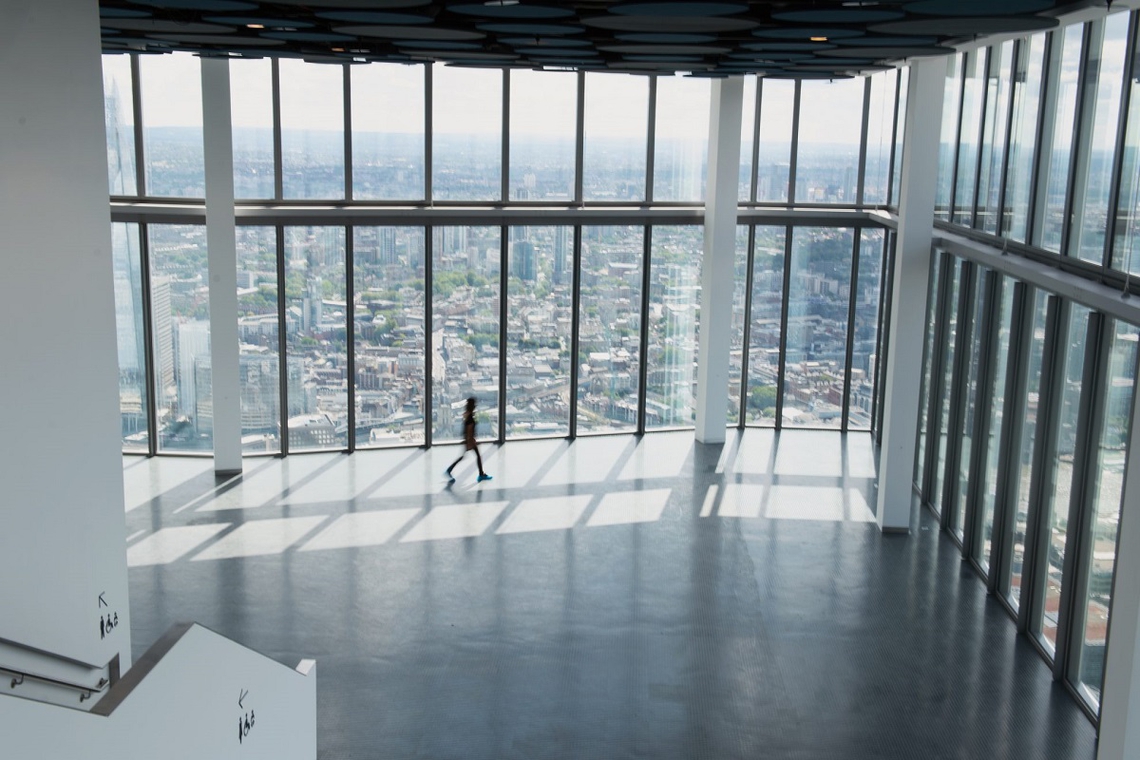
The event was focused on the future of workplace design, technological integration, and people-centric places. Here are some insights into the key messages portrayed:
James Grose, principal at BVN, took us through Frank Duffy CBE/DEGW's highly accurate 1997 prediction on the future of work. He said that “In an ideal world, the integrating and catalytic value of buildings would be recognised and the messages that can easily be broadcast to everyone working within them would be harnessed to enhance business performance.” An interview where the hybrid world was recognised through design of a “physical and a virtual dimension” which recognises, even unintentionally, the office as it is today.
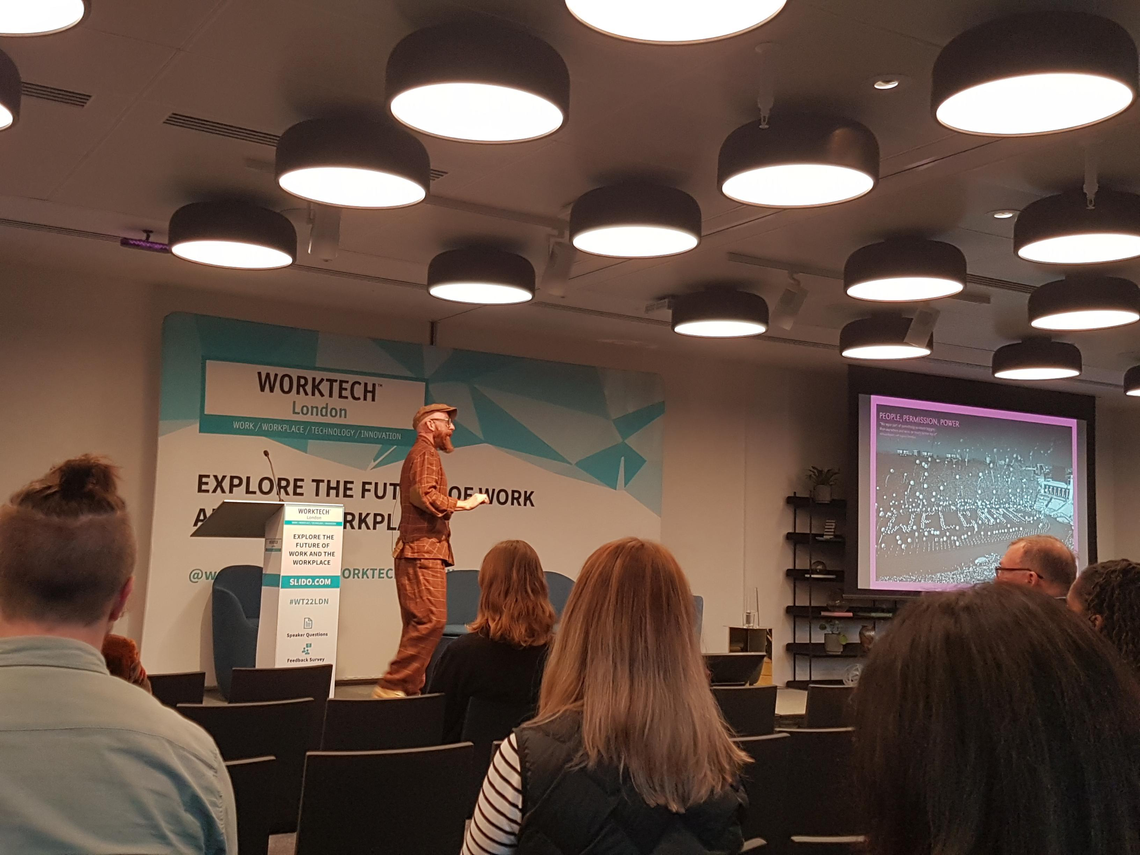
Sir Stuart Lipton, Lipton Rogers Developments, emphasised the connected workplace as being the next step saying, “Your phone has more flexibility than a building.” With Kim te Kaat at Vecos, asking the question, “How do we create alignment between employee needs and technology in order to get people back into the office?”
Flexibility is growing in importance, with the rise of flex spaces over long leases and the estimation that “by 2030, flex will account for 30% of the world’s office space.” These spaces are suited to the added agility, which is increasingly characteristic of today’s CRE, lower occupancy costs and the environmental benefit of “leased accounting for 158% more carbon than flex spaces.”
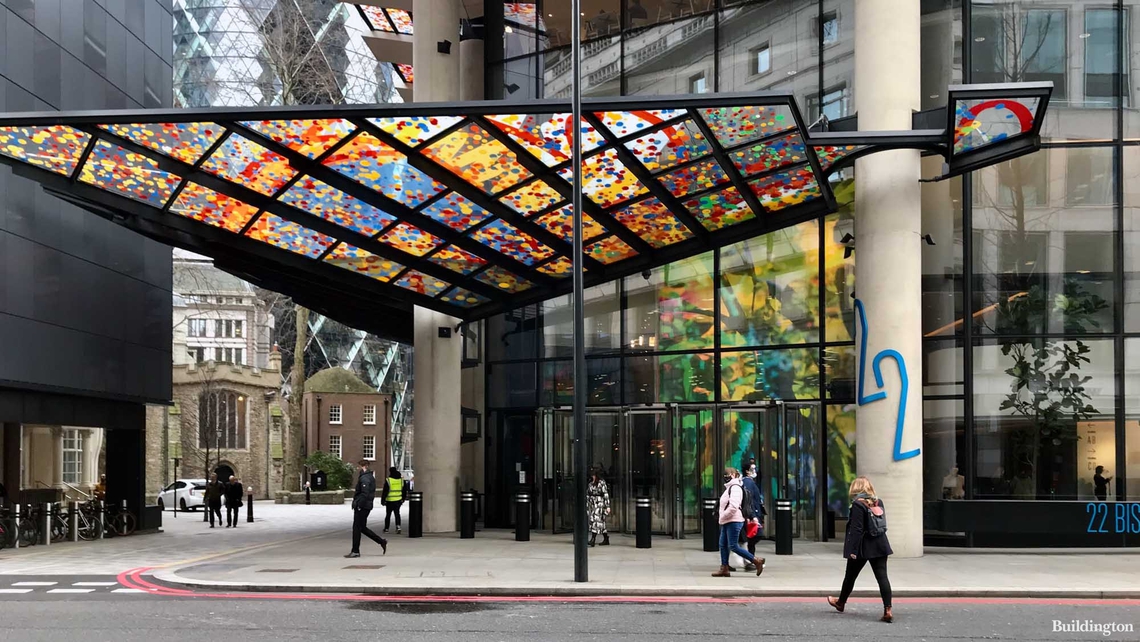
“We need to think more about the whole life-cycle of materials and buildings when it comes to considering sustainability” says Kasia Maynard, Gensler, highlighting that sustainable design must be integrated from the start and cannot be an after-thought. Fossil fuels to renewable energy, we must make it our definite goal to become an industry which is considerate of and acts to improve our world’s environmental situation.
The present workplace needs discussed with Alessandro Ranaldi, Foster & Partners on post-pandemic workplace priorities, Frankie Pringle at Studio Pringle outlining that “A successful workplace is all about culture, a consideration of people and place working together,” and Phil Kirschner, McKinsey & Company emphasising the importance of ‘social capital” being put on the same level as “other forms of capital like financial capital”.
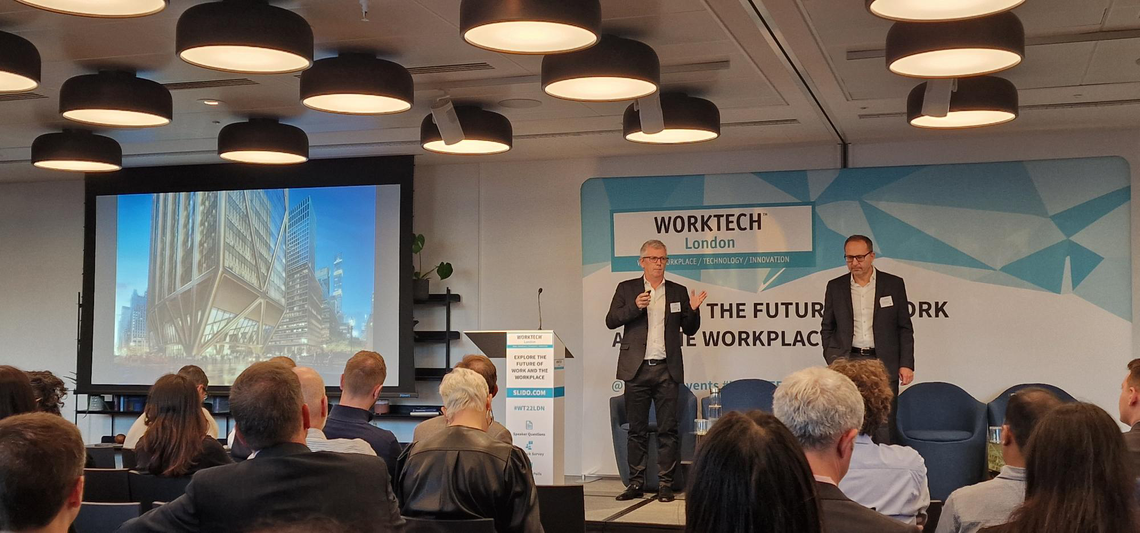
And our overall impressions of the time took two strains of resonation:
Forming a Tangibly Attractive Experience
The workplace is becoming increasingly experiential, and it’s our job to create a strongly desired destination. The workplace will be a location of cultural and sensory saturation, delivering a sensation similar to the one delivered by recreation. It, therefore, becomes less and less about booking everything and more and more about crafting a truly enriching experience.
A question we heard numerous times – ‘why book desks when they aren’t all occupied anyway?’
A global architectural company commented that they are hearing a consistent message from employees; that occupancy is still low in general. However, teams are using the workplace as a site of collaboration and communication. Therefore, spaces with fewer desks to accommodate the low occupancy are being created, but crucially with the flexibility to meet the needs of large teams or groups of teams coming together to network when occupancy peaks.

Collaboration space is not the only demand for space, with some employees returning to work to focus, making acoustic pods and reduced speech intelligibility zones vitally important if companies want to attract a range of employees who have all had a different experience during the forced WFH period.
Essentially, what is being outlined is a workplace which offers every individual a place to come if they need to. Return-to-work cannot be forced but must pitch its case in the form of a sensitively formed attraction, in which design plays a decisive role.
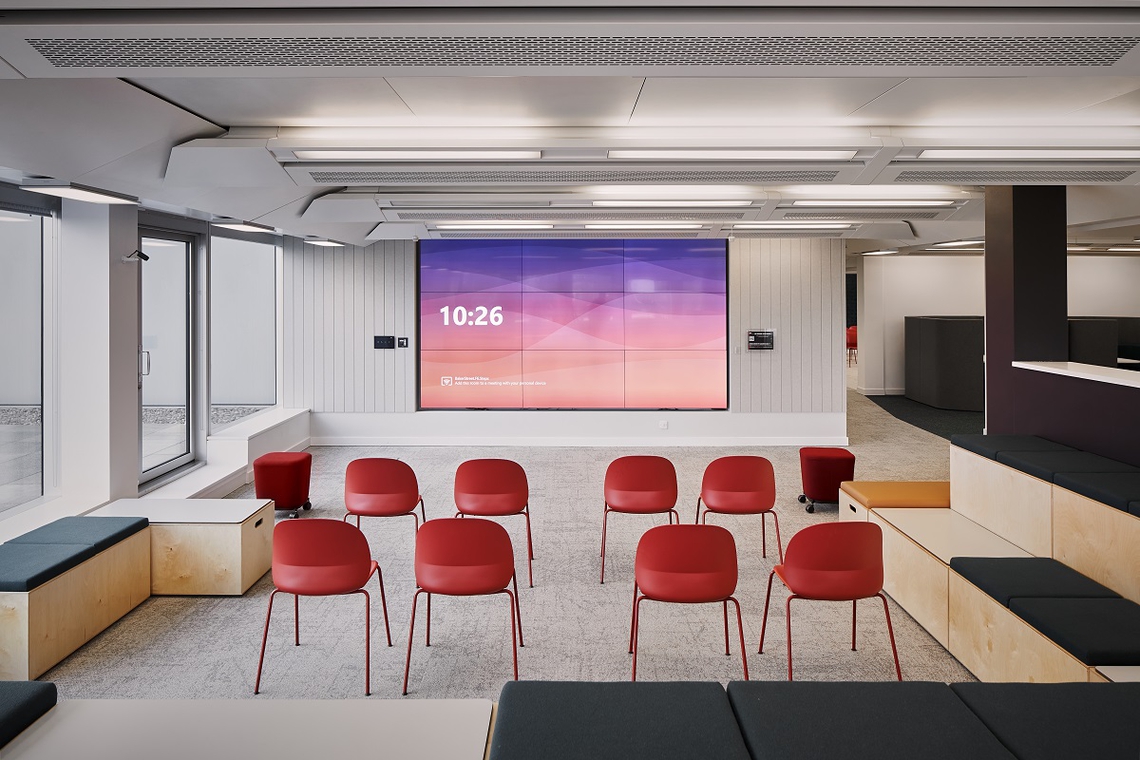
A Reaction to Negative Economic Prospection
At present, the labour industry is defying the path furrowed in past economic downturns. In the shadow of layoffs and economic downturn, many companies are still struggling to retain talent and are actively looking to hire. This paradox is born out of recent unprecedented times; the scarceness of talent during and post-pandemic meant that companies that extensively laid off their people, struggled to regain the level of expertise when the competition heated up again. Corporates are still catching up now and therefore, even with the prospect of another slump, these companies are reluctant to make the same errors.
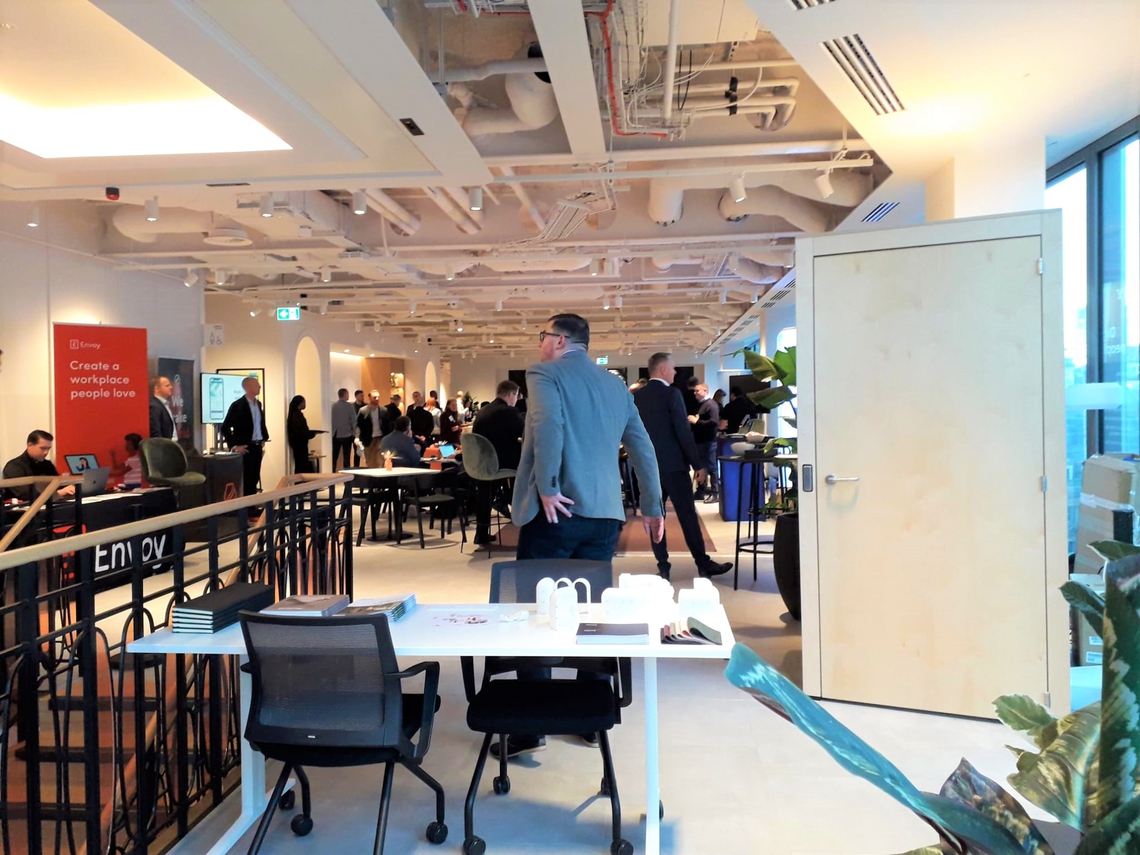
The employee reaction is also interesting. As tradition suggests, contrary, so far, to reality, the labour market is due to move into the hands of employers. This is resulting in more staff returning to work to ensure a greater visibility, influenced by the arguable interpretation that employees who are physically present are often perceived as more valuable and more productive than those that work from home permanently.
Looking to save energy in the cost-of-living crisis, employees are also returning to work, placing an emphasis on the necessity of empathetic care for wellbeing at work. To maintain the effectiveness of employees through difficult times, design must focus on alleviating the added pressure, providing a space that cares, not just for employees as employees, but as people.
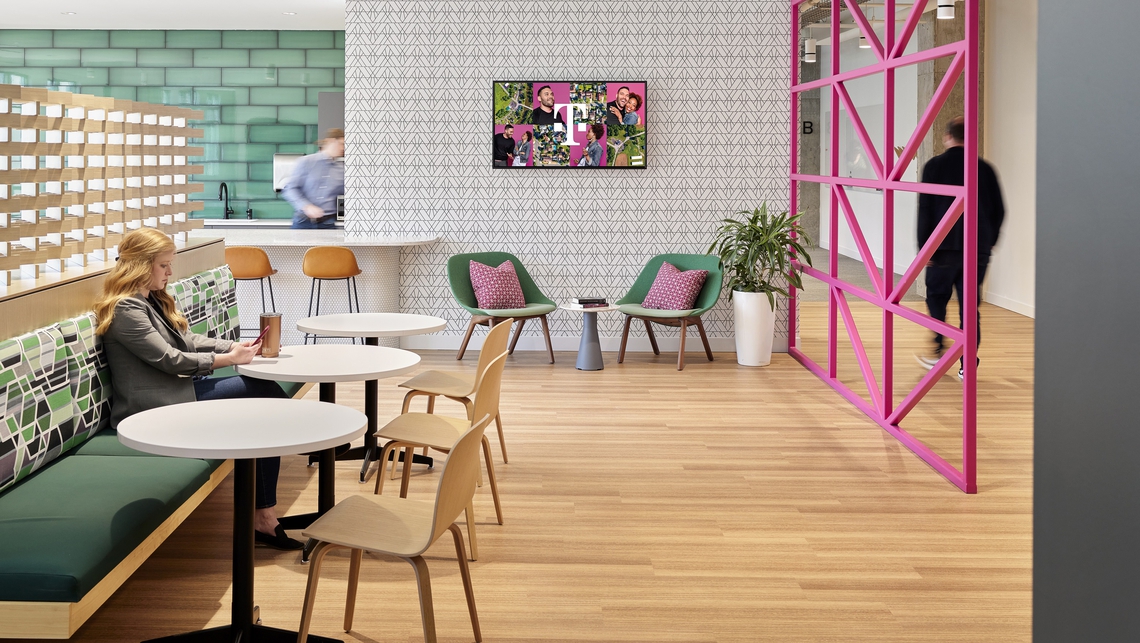
Therefore, to return to the words of Frank Duffy in 1997, “the orchestration of the use of space is not about meeting minimum standards but about using design to get the best out of brilliant people.” And this should be held as an imperative, rallying objective for us as an industry.
Images from: https://22bishopsgate.com/ and https://www.buildington.co.uk
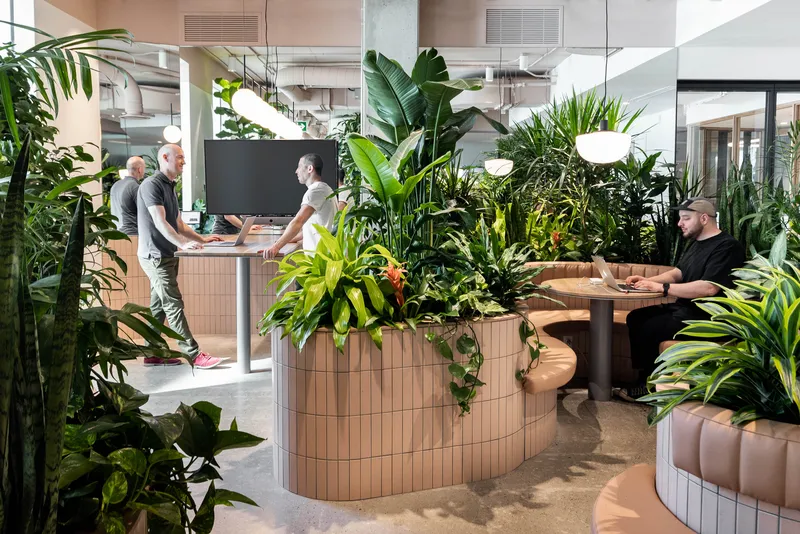
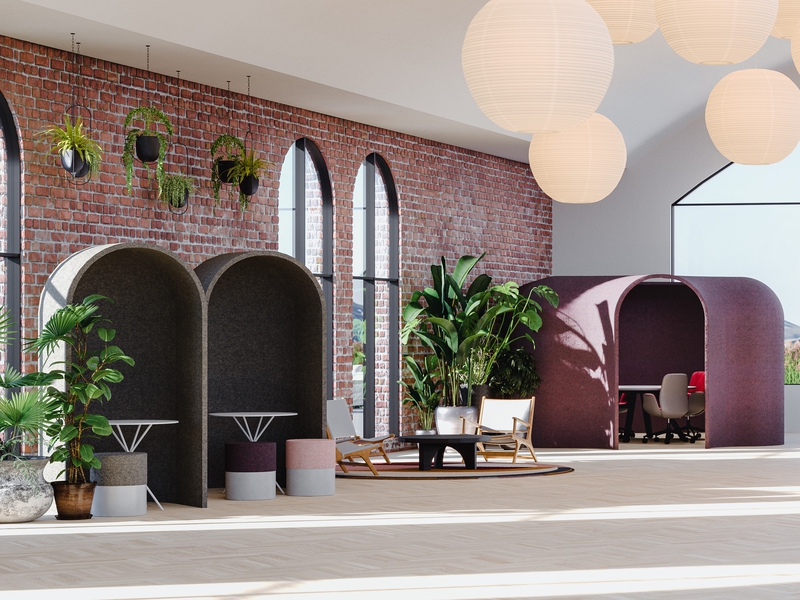
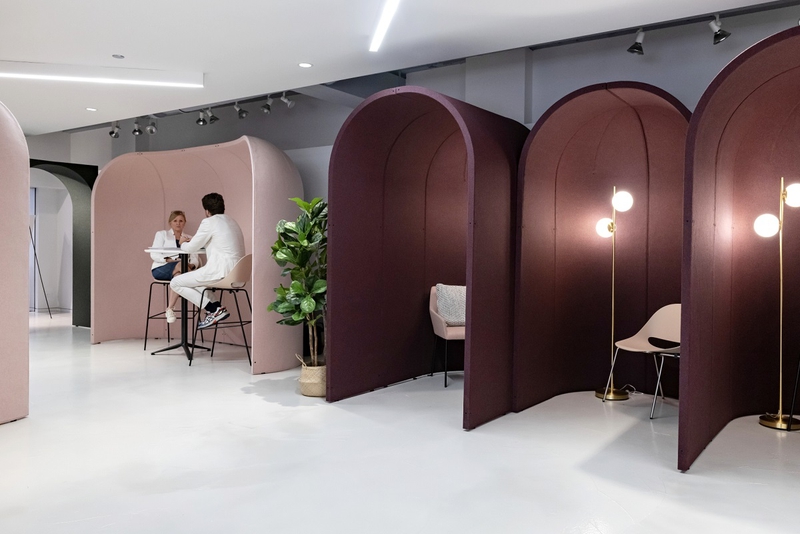
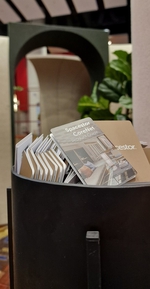
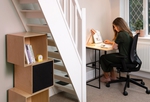
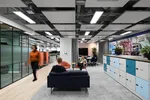
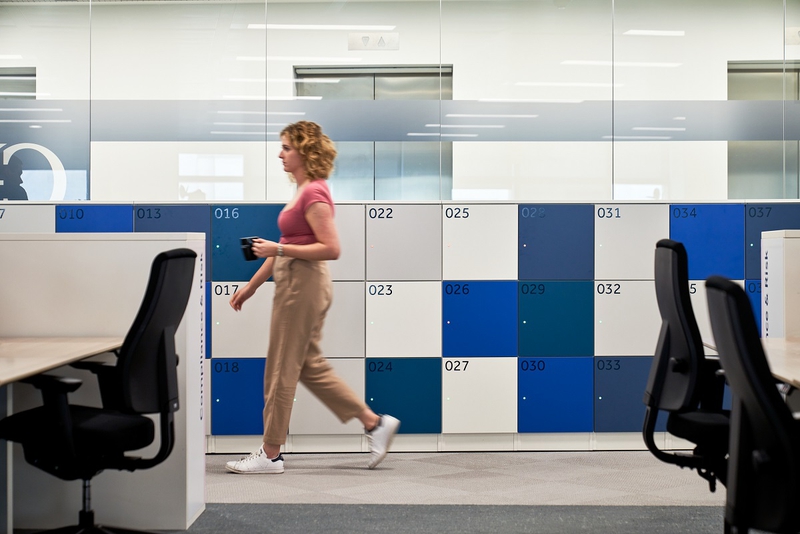
A space providing for its people; flexible, inclusive, and functionally effective
SERVICES PROFESSIONNELS
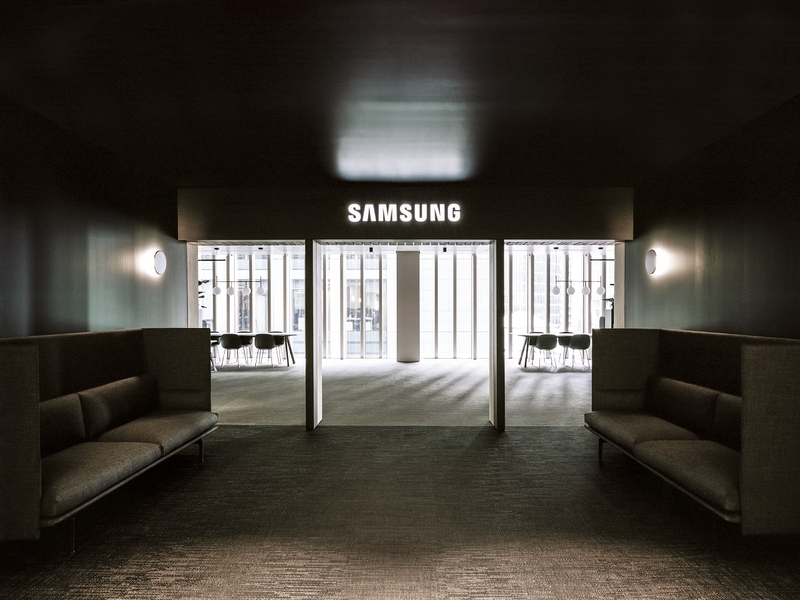
Pared back, content design that paves the way for Samsung’s hybrid, innovative and flexible workforce to build the worl…
TECHNOLOGIE & INFORMATIQUE
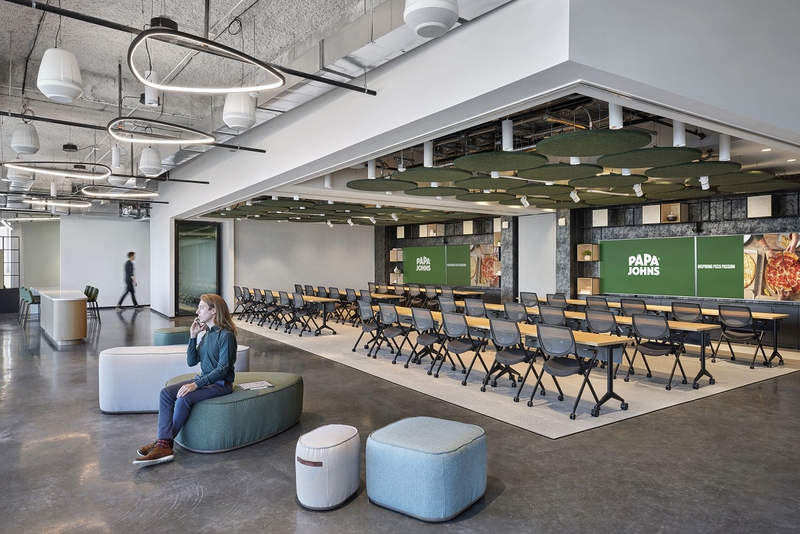
Designed by IA Interior Architects, the industrial space has creativity and authenticity at its core
NOURRITURE BOISSON